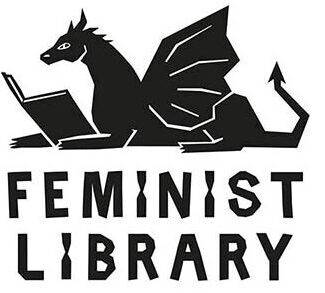The New Maids: Transnational Women and the Care Economy, by Helma Lutz (Zed Books, 2011).
The New Maids: Transnational Women and the Care Economy, by Helma Lutz (Zed Books, 2011).
In her book, Helma Lutz provides a thorough investigation of the broad spectrum surrounding the issue of migrant domestic labour. While illuminating the various aspects of migrant women’s paid care work, Lutz’s relates her often intriguing findings in a concise, clear and captivating manner, making this book an easy-to-read/ essential-reading piece of non-fiction.
Lutz begins her argument by explaining that, despite the achievements of feminism, the male breadwinner model has maintained its normative power within Western society, i.e. the dichotomy between the male, public sphere of paid, productive labour and social recognition and the female, private sphere of unpaid, ‘trivial’ care and domestic work remains prevalent. However, the development of an ‘adult-worker society’, i.e. full-time work for all employable adults, appears today as an economic necessity as well as an essential movement towards gender equality.
Lutz then states that because of resisting multiple attempts at professionalization domestic labour/ care work remains gendered and structurally devalued due to the impossibility to measure the required skills (everyday/ social skills) and productivity of the sector, e.g. care work does not produce any tenable product.
As a result, in Western countries domestic labour has been outsourced from the woman now working as fulltime employed adult in the public sphere to the socially and ethnically ‘other’ woman, in a process called the ‘new gender arrangement’. Within the scope of Lutz’s survey these are primarily Eastern European women, i.e. migrant workers in an unregulated, ‘black’ labour market. These women share the following characteristics: they are in live-out domestic employment in an informal and illegal sector; within their country of origin they belong to the middle class and, while they come from financially weaker countries, they are mostly educated to the same level as their employers. Most of the women are mothers who had to leave their children behind in a quest to earn money for their well-being and education; they commute back and forth between countries and thus lead transnational lives. In the following chapters, Lutz explores these features in closer detail.
First of all, Lutz charts the development of the largest labour market worldwide – the sector of domestic labour by women migrants. In many countries, the diminishment in state funding for services such as care for children, the elderly and the sick has led to a privatization of the care sector. Consequently, the demand for the cheapest, globally available labour has engendered a ‘transnationalization’ of that sector, as women from economically and/ or politically unstable countries migrate in search of employment.
In the following chapter, Lutz expands on the methods of her study – a mix of expert interviews with social workers, doctors and church officials fighting for migrant women workers’ rights, qualitative interviews with some of these domestic workers and their employers, and participant observation at and away from these women’s work.
Subsequently, Lutz elucidates the many aspects of care/ domestic work including extremely hard physical, as well as emotional and/ or relationship labour performed by the women workers.
After that, she attempts a complexification of the exploiter/ exploited model and claims that ‘boundary work’ is being performed by both employer/ employee, especially with regards to ‘doing gender’ and ‘doing ethnicity’ in order to justify the asymmetrical power relationship.
In the next chapter, Lutz takes a closer look at some case studies of mothers who had to leave their families behind in search of better paid employment in foreign countries and their negotiation of motherhood and their relationship to their children/ husbands/ dependants.
Thereupon, Lutz deals with the women’s status as illegal workers and the problems they face, as well as their tactics of circumnavigating these, especially through supportive networks often only available to individual women.
Finally, Lutz summarizes her findings and points towards possible political solutions to the problematic of the migrant domestic woman worker. Calling for a renewed feminist deliberation about the persistent gendering and devaluation of domestic labour, Lutz demands that Western women recognize their important support through migrant women workers and their asymmetrical power relationship in order to challenge the status quo and imagine an alternative. Furthermore, Lutz calls for a reconsideration of immigration policy, which currently rather than preventing illegal labour fosters an unregulated, ‘black’ labour market and criminalizes both employers and employees. While Lutz delineates the economic importance of migrant women’s remittance to their native country, she also points towards the problematic of the effects on the children left behind and the necessity of further research into this area. In her conclusion, Lutz appeals for an informed debate about the future of work and the vital recognition of domestic work within this discussion as a precondition to change.
This book provides a thorough picture of an issue that affects us all in an age of the privatization of care work, a return to conservative gender roles and the globalization of labour. Lutz provides a fertile ground for discussion and calls for a renewal of feminist debate and a reimagining of the world of work especially with regards to gender and ethnicity.
A fascinating, easy-to-read/ essential-reading piece of non-fiction.
Review by Anne Korff
